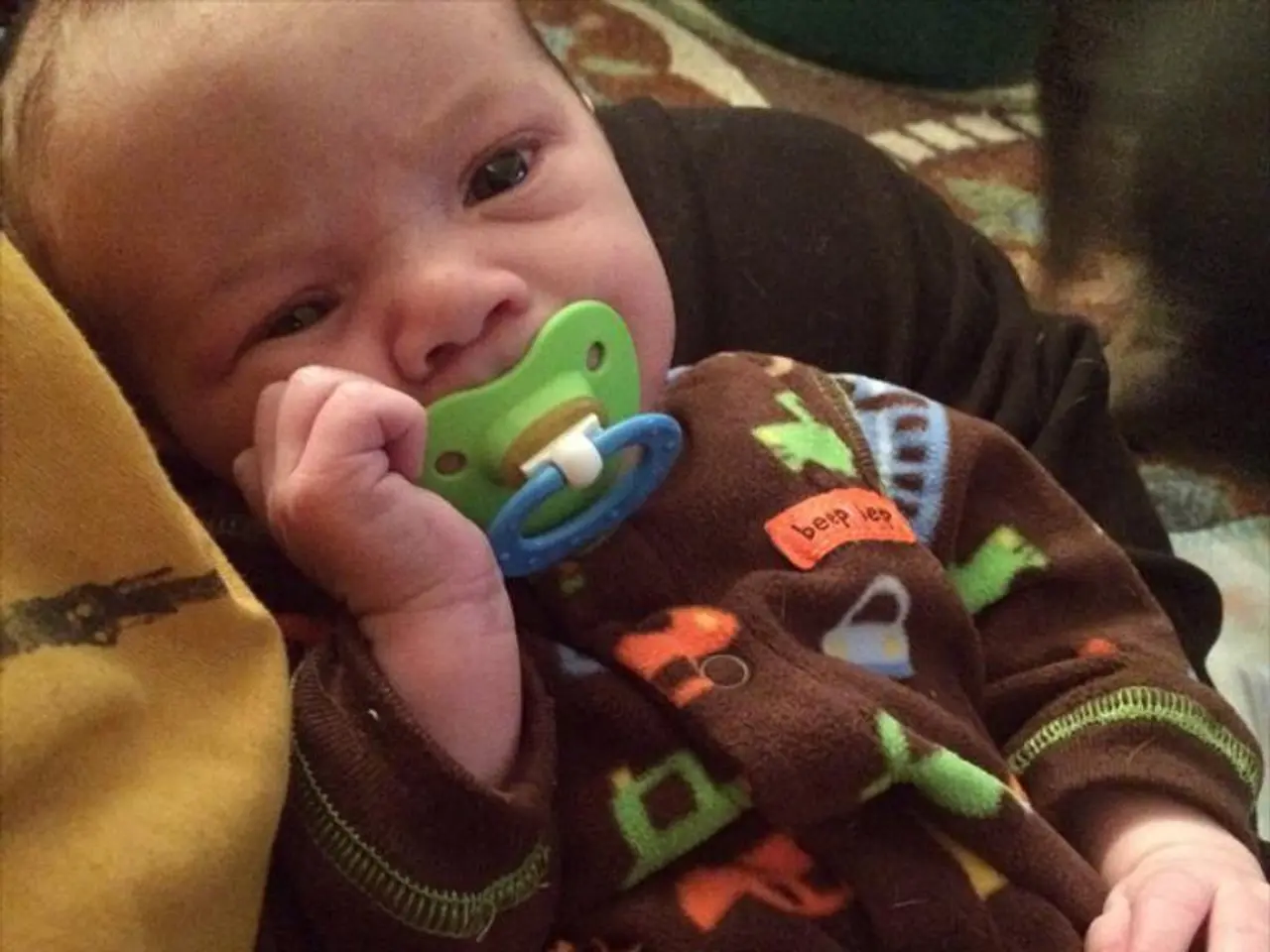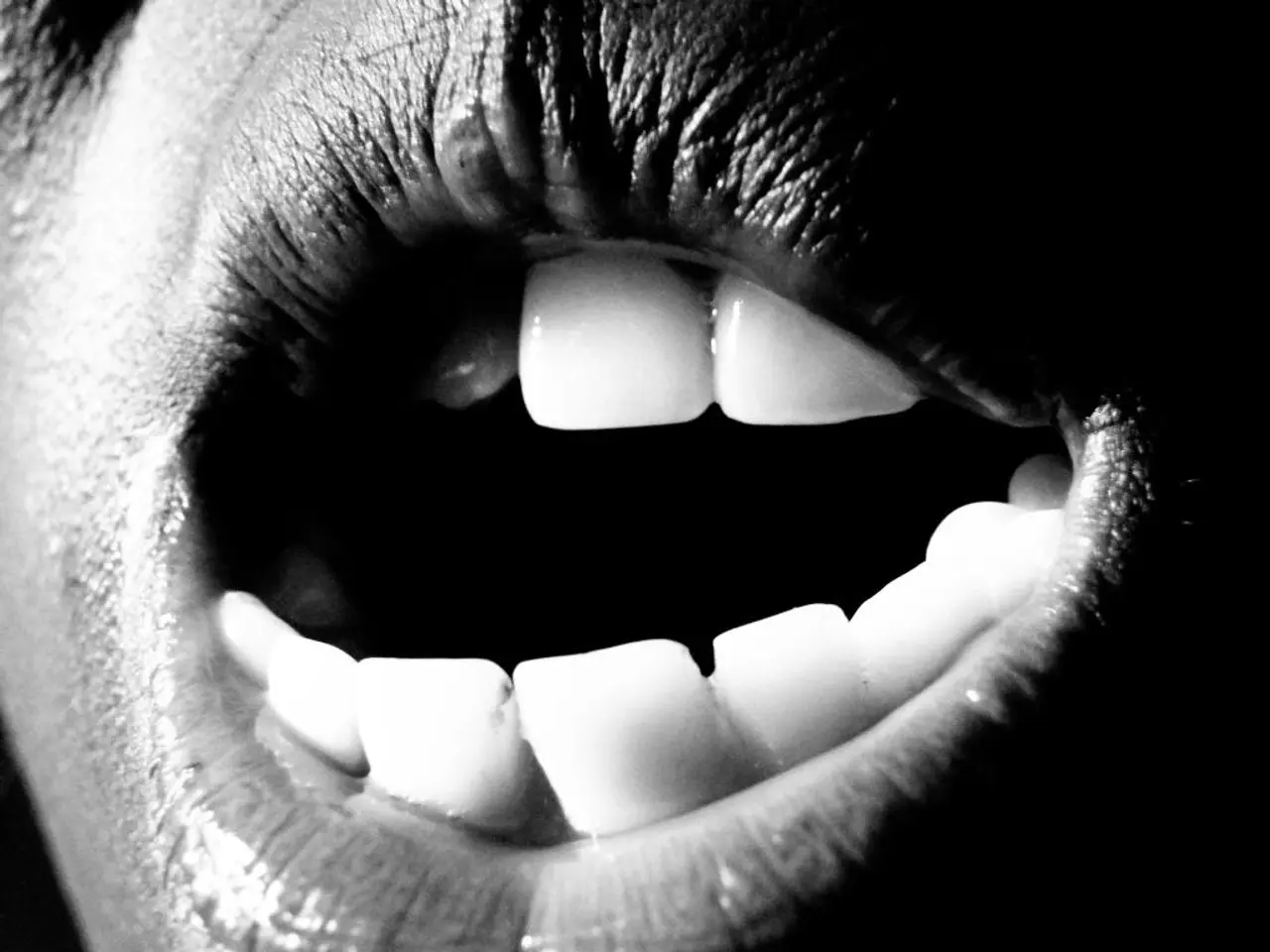Treatment, causes, and visuals of inverted nipples: an exploration
Acquired nipple inversion, a common variation in nipple shape, can affect both males and females and may arise from several causes. These factors range from infections and hormonal changes to previous surgeries and chronic inflammation or trauma.
One such infection is mastitis, an inflammation of the breast tissue often caused by bacteria, which can lead to nipple inversion. Other infections, such as abscesses under the areola, can also contribute to this condition. Duct ectasia, a condition where the milk ducts become dilated, can cause swelling and inflammation, potentially leading to nipple inversion.
Surgical procedures, especially those involving the breast, can sometimes result in acquired nipple inversion. Significant hormonal fluctuations, such as those experienced during pregnancy or other hormonal imbalances, may also contribute to changes in nipple structure. Repeated irritation or injury to the nipple area can lead to scarring and potential inversion over time.
It's important to note that inversion can be congenital (present at birth) or acquired (developed later in life). Anyone who notices a change in the shape, size, or texture of the breast or nipple should see a doctor.
Inversion can be a sign of an underlying medical issue, such as inflammation of the breast tissue. For instance, duct ectasia, an abnormal dilation of a duct in the breast tissue, can cause nipple inversion. Mastitis, an infection of the mammary gland, can also lead to nipple inversion.
While inversion does not generally affect nipple sensitivity, it can sometimes make breastfeeding challenging. However, stimulation can cause an inverted nipple to stick out, allowing for breastfeeding.
Treatment options for acquired nipple inversion include the Hoffman's technique, suction devices, piercings, and cosmetic surgery. The goal of any procedure is to preserve nipple sensation, avoid visible scarring, and maintain breastfeeding function. Treatment may be recommended if the underlying cause is harmful, such as malignancy or inflammation.
Inverted nipples are a normal variation in nipple shape, and an estimated 2-10 percent of women and men have at least one inverted nipple. Some women find that their inverted nipples may begin to protrude naturally during pregnancy and breastfeeding.
It's crucial to remember that breast cancer can cause nipple inversion and other changes in the breast or nipple. If a person notices scaly, swollen nipple or nipple discharge, they should see a doctor immediately.
In conclusion, acquired nipple inversion can occur due to a variety of factors, often unrelated to congenital conditions. Understanding these causes and seeking medical advice when necessary can help manage this condition effectively.
- Untreated duct ectasia, an abnormal dilation of a duct in the breast tissue, can potentially lead to ulcerative nipple inversion.
- HIV-related degeneration of the immune system can make individuals susceptible to infections that may cause nipple inversion, such as mastitis.
- Medical conditions like diabetes, obesity, and psoriasis, which often involve chronic inflammation, might increase the risk of developing acquired nipple inversion.
- Macular degeneration in the eye can sometimes be a sign of underlying systemic health issues, including those that may contribute to nipple inversion.
- Arthritis, a type of joint disease that can lead to chronic inflammation, might also affect the breast and nipple tissue, increasing the risk of nipple inversion.
- Depression, a common mental-health issue, can sometimes trigger poor self-care habits that may contribute to skin issues such as psoriasis, which in turn might cause nipple inversion.
- Colitis, an inflammatory bowel disease, can extend beyond the digestive tract and affect breast and nipple tissue, potentially leading to inversion.
- AQ (Adverse Quality of Life) scores, which are predictive of health outcomes in multiple areas, might be higher for individuals with nipple inversion, especially if the condition causes pain or discomfort.
- In the realm of health-and-wellness, promoting breast and nipple awareness and proper skin-care can help prevent infections and trauma that might lead to nipple inversion.
- Women's health-related organizations should prioritize education on the signs and causes of nipple inversion, including its connections to conditions like breast cancer and psoriasis.
- In addition to its effects on the physical body, untreated nipple inversion may contribute to mental-health issues such as body image concerns and depression.




